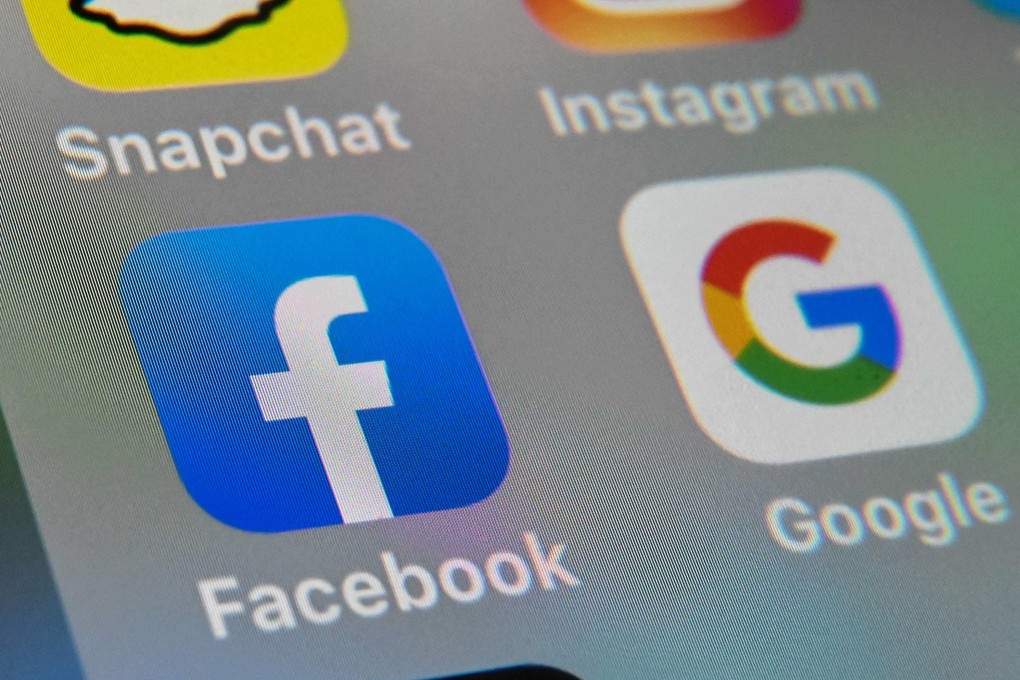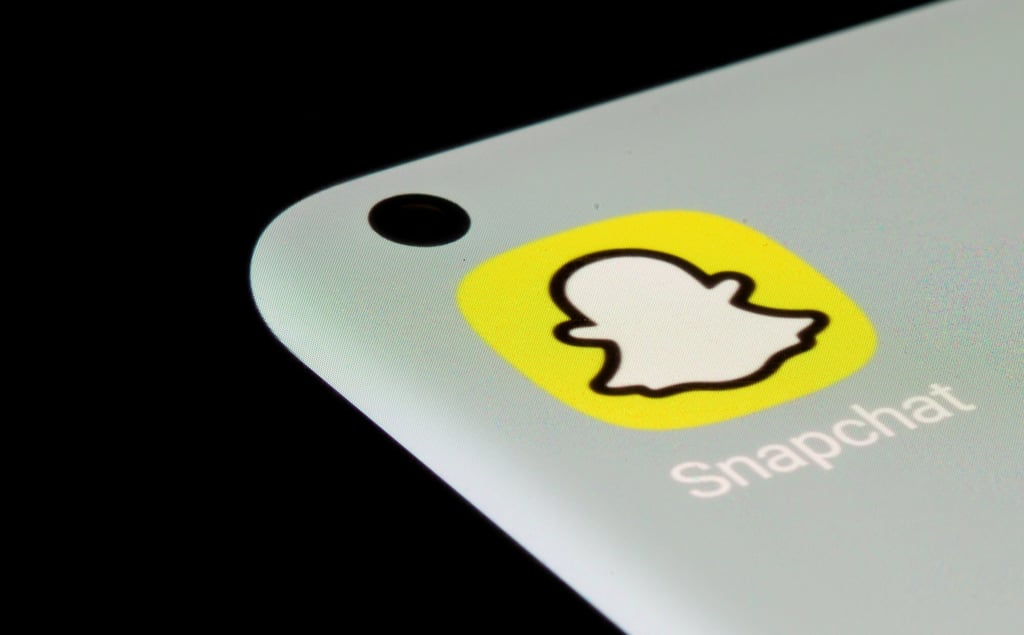Advertisement
Facebook, Twitter, Snapchat turn to shopping to drive growth: more people than ever before are buying products from social media
- Brands from Burberry to H&M have signed up social media stars to get their followers to shop from stories or posts by asking them to ‘swipe up to purchase’
- The social commerce industry is expected to balloon to US$50 billion from US$36 billion in annual sales by 2023 in the United States
Reading Time:3 minutes
Why you can trust SCMP

Led by Facebook, social media platforms from YouTube to Snapchat to Twitter are investing heavily in shopping features to drive revenue growth, a major theme that emerged during the second-quarter results at the end of July.
The companies are vying for a piece of the “social commerce industry”, which relies on users’ ability to discover and buy products through social media apps. It is expected to balloon to US$50 billion from US$36 billion in annual sales by 2023 in the United States, according to research firm eMarketer.
The success of social commerce stems in part from product targeting based on user interests, with sales generating more data that can be used for future advertising and merchandise placements.
Advertisement
Facebook, widely considered the leader in social commerce, and Google helped retailers bring in sales in the last quarter, with e-commerce player Shopify saying the growth rate of products sold through the two tech companies’ platforms was “several times that” of websites run by the merchants themselves.

Facebook chief executive Mark Zuckerberg said that enabling commerce and making it easier for businesses to communicate with customers through Messenger and WhatsApp was “the right long-term bet”.
Advertisement
Advertisement
Select Voice
Choose your listening speed
Get through articles 2x faster
1.25x
250 WPM
Slow
Average
Fast
1.25x